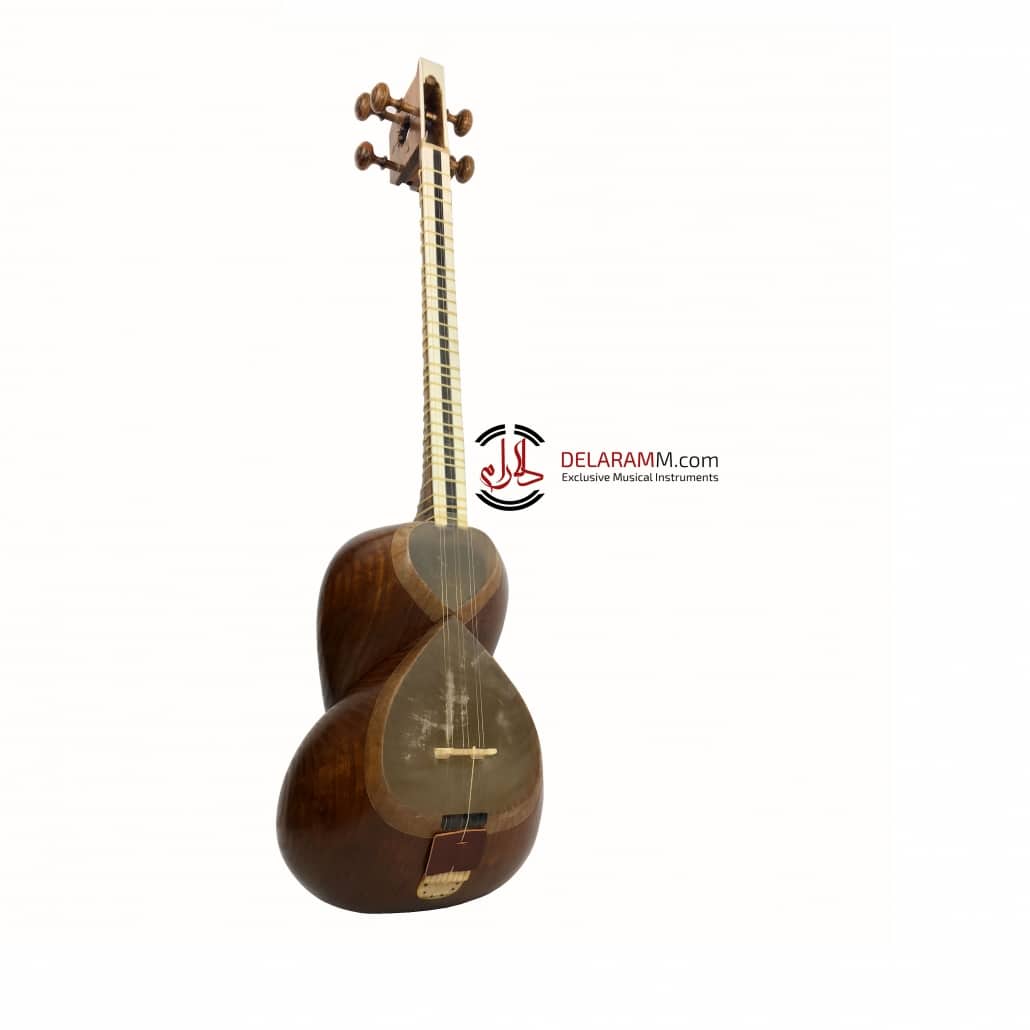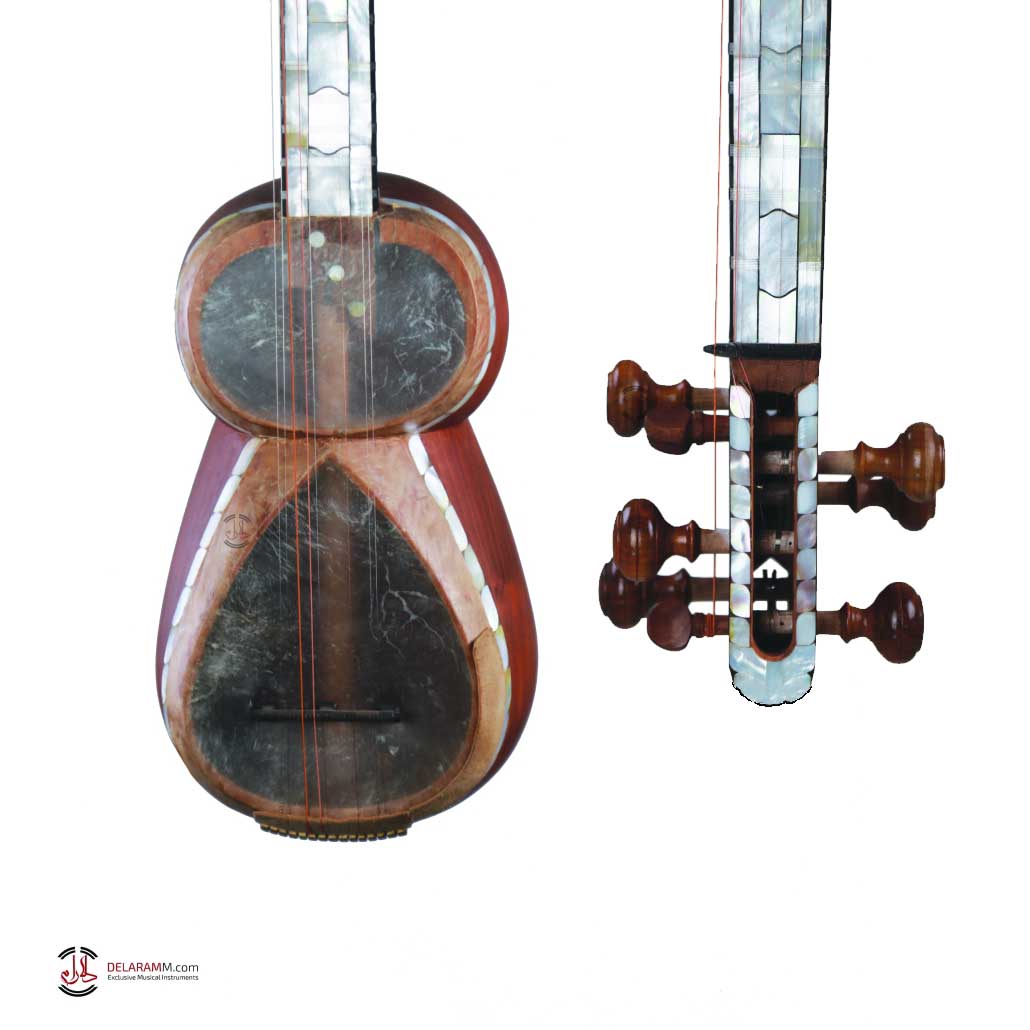What are the different types of tar instruments?
The realm of string instruments is vast and diverse, with each instrument contributing its own distinctive tonal qualities and cultural heritage. Among these, the tar family stands out with its unique sound and design. Originating from the Middle East and Central Asia, tar instruments have evolved into several types, each with unique characteristics and history. This article will explore different types of tar instruments, focusing on the Persian, Azerbaijani, and Armenian tars. We will also briefly discuss other lesser-known tar instruments, such as the Georgian tar, and explain why the Indian tar, or sitar, cannot be considered a member of the Persian tar family. Insights into these instruments’ features, origins, and uses will be provided.
Different types of Tar: The Persian Tar
The Persian Tar, also known simply as the tar, is one of the most prominent instruments in Persian classical music. Its origin dates back to the ancient Achaemenid periods (around 2500 years BC). The Persian tar has a distinctive shape, easily recognizable by its double-bowl body that resembles an hourglass or the figure of 8. It is made from mulberry wood and covered with a thin membrane of stretched lambskin. Typically, it has six strings arranged in three double courses and is played with a small brass plectrum. The Persian tar is known for its rich and resonant sound, which is capable of expressing a wide range of emotions.
In classical Persian music, the tar is primarily used for playing the Radif, a collection of melodic patterns forming the basis for composition and improvisation. The Radif is divided into seven main modes (Dastgahs) and five secondary modes (Avazes), all of which a tar player must master. The tar’s ability to produce both rhythmic and melodic elements allows it to be used as a solo instrument or as part of an ensemble.
Different types of Tar: The Azerbaijani Tar
The Azerbaijani Tar, also known as the Caucasian tar, is a key instrument in Azerbaijani music. It is a descendant of the Persian tar but has undergone significant modifications. The Azerbaijani tar has a smaller body and a longer neck compared to the Persian tar. It has 11 strings arranged in five double courses and one single course, and its main body is also made of mulberry wood. Known for its capabilities, the Azerbaijani tar produces a brighter and more piercing sound. It is primarily used in mugham, a complex modal system that combines melody, poetry, and rhythm into three parts: Tasnif, Maye, and Reng.
Mugham, a traditional Azerbaijani musical genre, relies heavily on the Azerbaijani tar for its execution. This genre emphasizes improvisation and the intricate interaction between the performer and the audience.
Other Less-Known tar instruments
Although less popular than the Persian or Azerbaijani tars, the Armenian tar holds a significant place in Armenian folk music. This instrument has a similar design to the Persian tar but is slightly smaller. It maintains the double-bowl body and typically has six or seven strings. The Armenian tar produces a warm and mellow sound, ideal for accompanying vocals and other instruments in Armenian folk music. The instrument’s ability to blend harmoniously with other instruments makes it a favorite for traditional ensembles, where it adds depth and texture to the overall sound.
Tar instrument
The Georgian Tar, also known as the panduri, shares some similarities with the tar family. It has three or four strings and a long neck, with a body usually made from a single piece of wood, such as chestnut or walnut. The Georgian tar’s sound is softer and more muted compared to other tars, and it is mainly used in Georgian folk music, both solo and as part of an ensemble. The panduri’s role in Georgian music is crucial, as it often provides the rhythmic and harmonic foundation for songs and dances.
Is the Indian Tar Similar to the Persian Tar?
The term “tar” is sometimes used to refer to the sitar in Indian music, but significant differences exist between these two instruments. The sitar, originating from India, has a large, rounded body made from a gourd and a long, fretted neck, contrasting with the double-bowl body of the Persian tar. The sitar typically has 18-21 strings, including melody, drone, and sympathetic strings, compared to the six strings of the Persian tar. The sitar’s complex, ringing tones are integral to Hindustani classical music and have gained international recognition. While the Persian tar’s design emphasizes melodic expressiveness and rhythmic complexity, the sitar’s structure allows for intricate melodic ornamentation and rich harmonic overtones.
Indian tar
How Did the Tar Family Emerge?
The existence of different types of tar instruments can be attributed to several factors, including cultural influences and geographical distribution. Here are the main reasons behind the diversity of tar instruments:
- Cultural Influence: Although all these tar instruments originated from the same ancestor, they evolved within specific cultural contexts. For instance, the Azerbaijani tar adapted to fit the mugham genre, a unique musical style of Azerbaijan. Similarly, the Armenian tar was incorporated into Armenian folk music, with its own scales, rhythms, and performance practices. These cultural adaptations led to changes in the design and playing techniques of the instruments to better suit the musical styles and preferences of each region.
- Geographical Distribution: The tar family remained localized in the Persian region, but different types adapted to suit local tastes and needs. For example, different materials available in various geographical regions influenced the construction of these instruments. Climatic conditions also affected the durability and sound of the instruments, leading to modifications to suit the environment. The availability of specific types of wood, animal skins, and other materials played a significant role in shaping the characteristics of each tar instrument.
Conclusion
The diversity of tar instruments reflects human culture and creativity. Each type of tar represents a unique blend of historical, geographical, cultural, and technological factors. Understanding these differences enriches our appreciation of these instruments and highlights the interconnectedness of human societies through the universal language of music. If you are interested in learning more about tar or purchasing one for yourself, we at Delarammusic are ready to help you!



